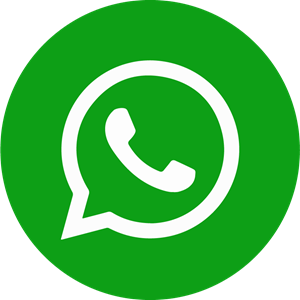The Evolution of Mobile Chargers in India: From Micro USB to USB-C
In the fast-paced world of technology, mobile chargers have undergone a significant evolution, transforming from bulky, slow-charging devices to sleek, efficient tools supporting rapid charging and universal compatibility. In India, this journey has mirrored global trends, driven by innovation, consumer demand, and the ever-changing landscape of mobile technology. Here's a closer look at how mobile chargers in India have evolved—from Micro USB to USB-C.
The Era of Micro USB: A Common Beginning
For over a decade, Micro USB was the undisputed standard for mobile devices in India. Introduced in the early 2000s, Micro USB ports quickly became a mainstay, thanks to their compact size and versatility. From budget smartphones to affordable feature phones, this connector type was everywhere.
Why Micro USB ruled:
-
Cost-effective for manufacturers
-
Widely adopted across brands
-
Simple, small, and relatively durable
However, Micro USB had its limitations. It only allowed for slow data transfer, modest charging speeds, and suffered from a non-reversible design, leading to wear and tear from incorrect insertion.
The Transition: USB Type-C Arrives
With technological advancements and the growing demand for faster, more reliable charging, USB-C began to replace Micro USB globally — and India was quick to catch on. By 2018, most premium and mid-range smartphones in India had started adopting USB-C.
Benefits of USB-C over Micro USB:
-
Reversible Design: Plug it in any direction — no more fumbling.
-
Faster Charging: Supports higher wattages for quick charging.
-
Higher Data Transfer Speeds: Essential for modern devices transferring large files.
-
Universal Compatibility: From smartphones to laptops, tablets to gaming consoles — one cable fits all.
Fast Charging Technologies: PD & QC Become Mainstream
With USB-C came support for Power Delivery (PD) and Quick Charge (QC) technologies. These innovations redefined charging by enabling faster power transfer, reducing charging time dramatically. Brands like LRIPL now offer chargers that support these standards, giving Indian consumers access to global charging speeds and efficiencies.
Advantages of PD & QC Chargers:
-
Charge smartphones up to 50% in under 30 minutes
-
Compatible with a wider range of devices
-
Optimized power management reduces battery wear
How India Adapted to the Change
India’s fast-growing tech-savvy population embraced USB-C quickly. Government initiatives to curb e-waste and promote standardized charging solutions have further accelerated this adoption. Today, USB-C is seen as a future-proof investment — whether for Android devices, laptops, or even accessories like earbuds and speakers.
What’s Next? The Future of Charging
With wireless charging and GaN (Gallium Nitride) technology gaining traction, the next evolution is already on the horizon. However, USB-C remains the cornerstone of modern connectivity for now, with LRIPL at the forefront of delivering reliable, future-ready charging solutions to Indian consumers.
Conclusion: LRIPL — Powering the Future, Today
At shop.lripl.com, we understand how crucial it is to stay ahead in a rapidly evolving world of mobile accessories. Our range of chargers supports the latest USB-C, PD, and QC standards, ensuring faster, safer, and smarter charging for every need. From the days of Micro USB to the dominance of USB-C, LRIPL has been a trusted partner in keeping India charged and connected.
Explore our latest range of fast chargers today and experience the difference.










